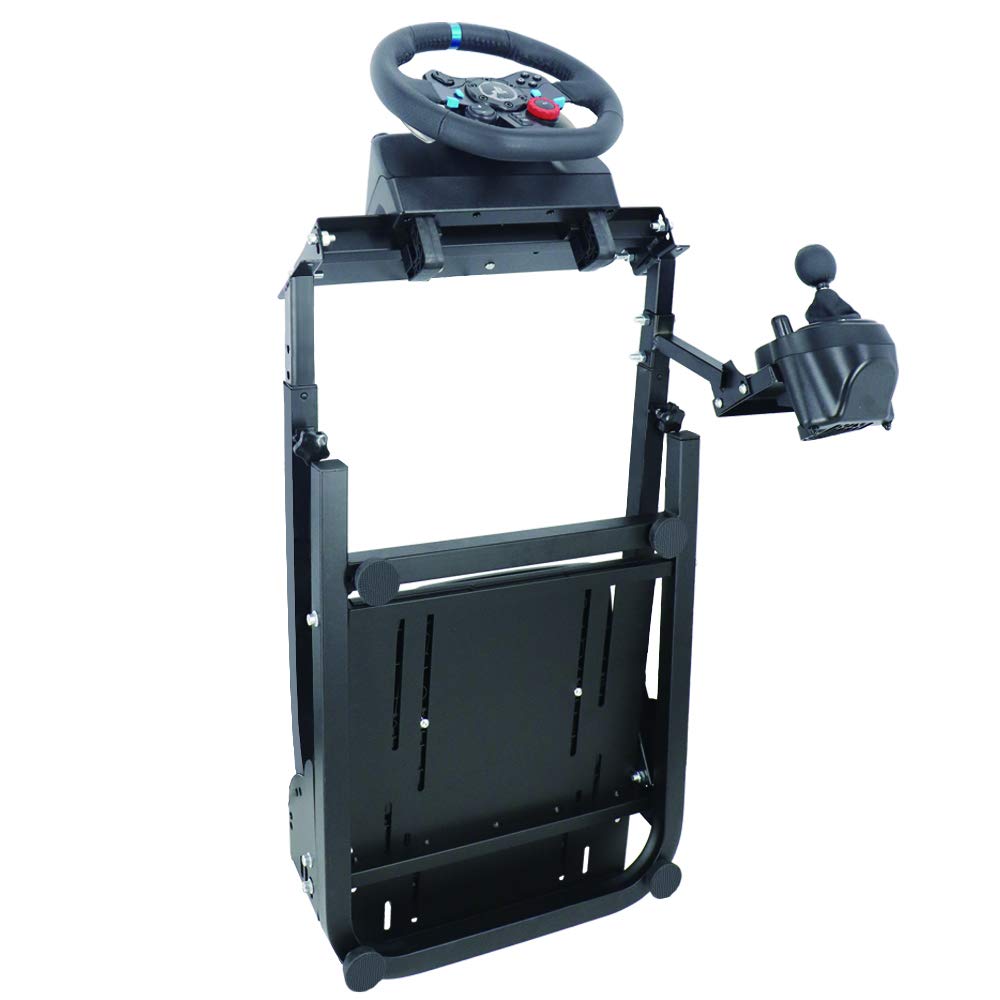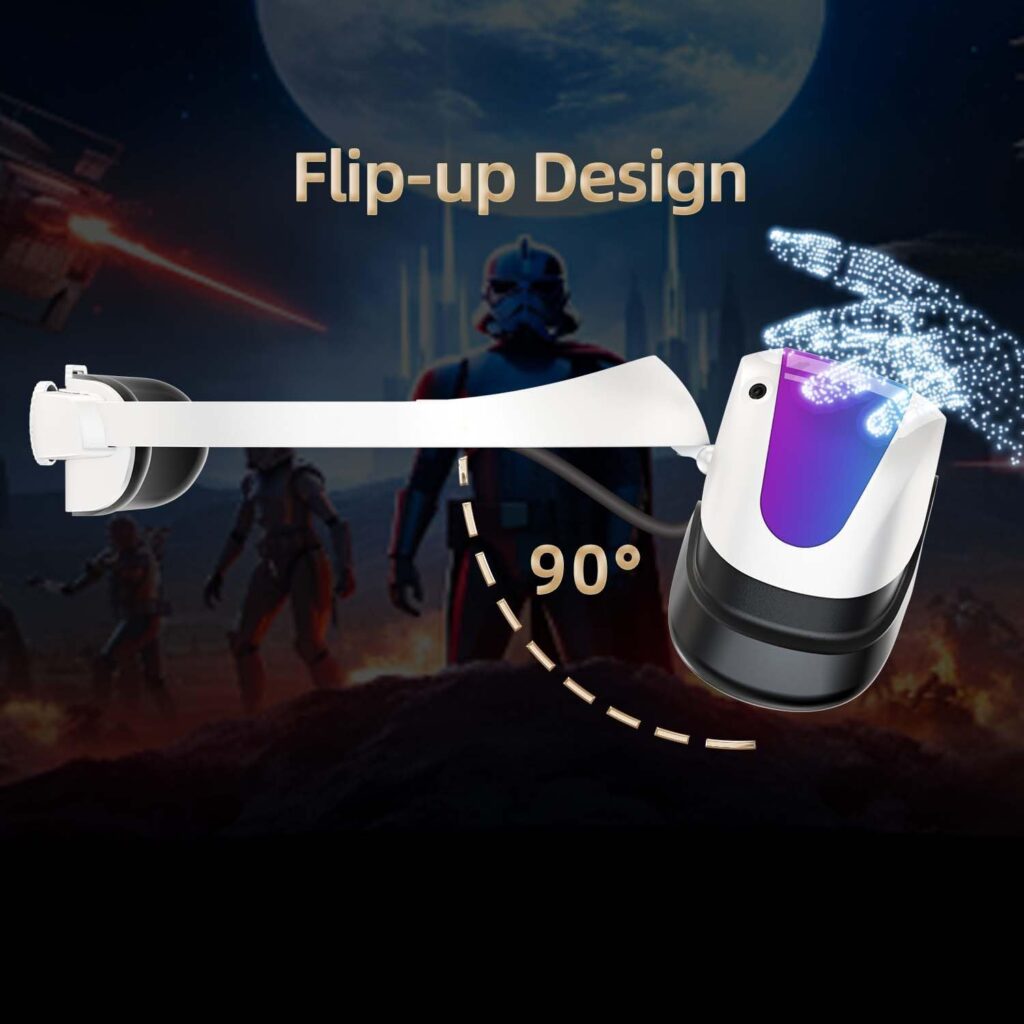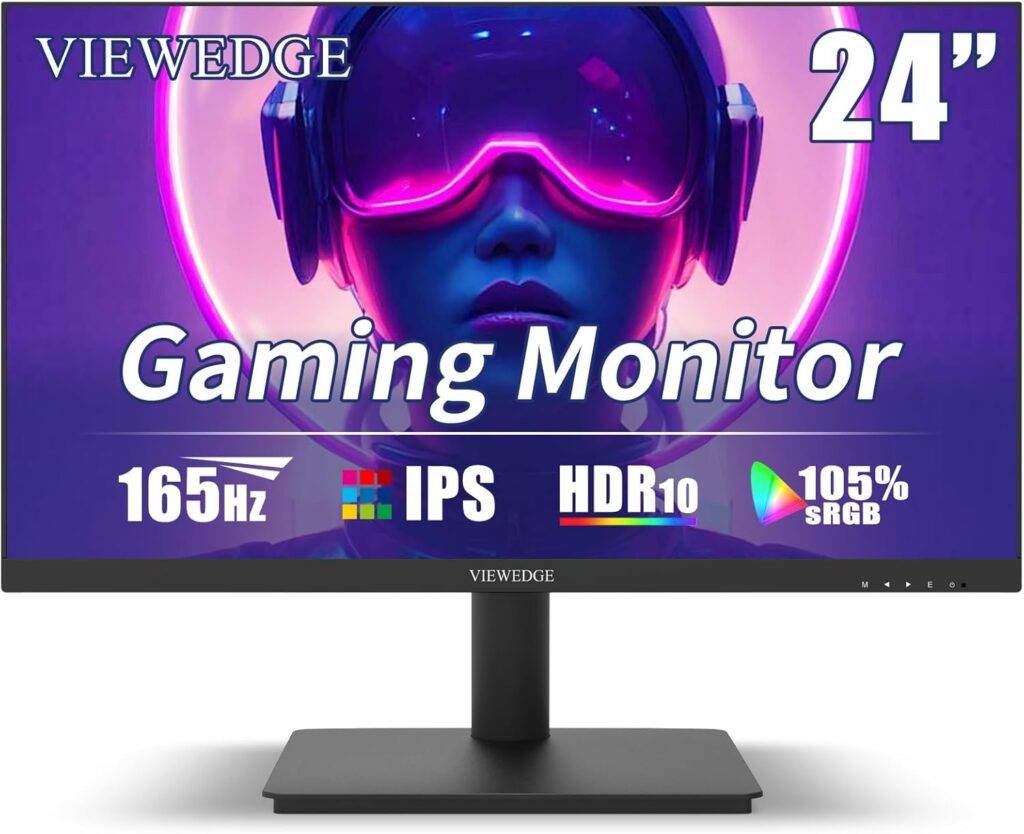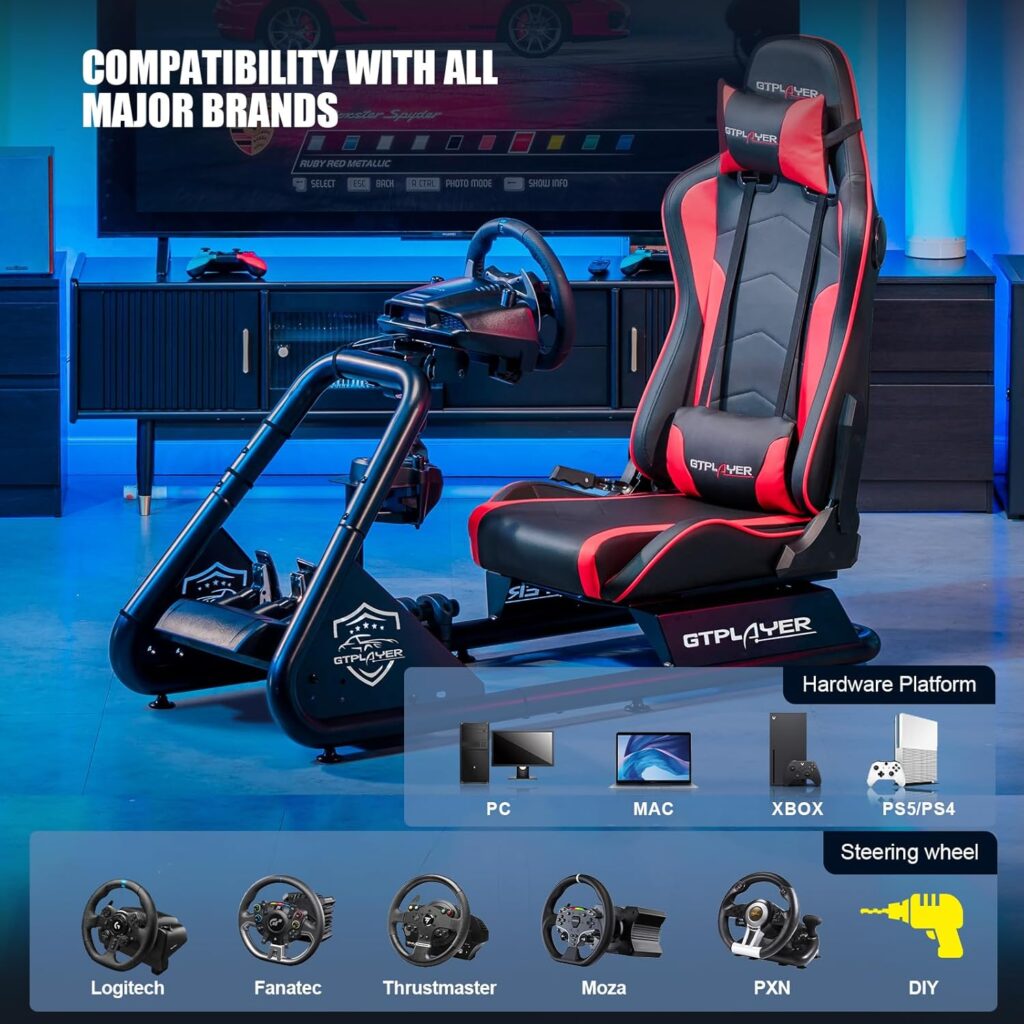Setting up a button box for sim racing may seem like a daunting task, but fear not, because it's actually simpler than you think.
You might be wondering, 'Why should I bother setting up a button box when I can just use my keyboard or controller?' Well, my friend, the answer lies in the immersive experience and added control that a button box can provide.
Imagine having all the essential car controls right at your fingertips, allowing you to focus more on the race itself.
So, if you're ready to take your sim racing to the next level, let's dive into the world of button box setup and discover how you can create your very own custom control panel.
Key Takeaways
- Choosing the right button box hardware is important for a successful setup
- Mapping and configuring the buttons is necessary to control specific functions in sim racing
- Sensitivity and debounce adjustment can enhance responsiveness and prevent unwanted inputs
- Performing final testing and troubleshooting are crucial to ensure proper functionality and address any issues or malfunctions
Choose the Right Button Box Hardware
To choose the right button box hardware for your sim racing setup, carefully consider the components required and select a suitable microcontroller that can meet the button box's needs and interface with the racing simulator software. When it comes to the hardware, the key components to focus on are the buttons, switches, and rotary encoders. These components should be selected based on the desired functionalities of the button box. For example, if you want to have a dedicated button for changing gears or adjusting the fuel mixture, you'll need to choose buttons that can accommodate these specific functions.
In addition to the buttons and switches, you'll also need to select a microcontroller that can handle the requirements of your button box. An Arduino is a popular choice because it's versatile and can easily interface with the racing simulator software. When selecting a microcontroller, make sure it has enough input and output pins to accommodate the number of buttons and switches you plan to use.
Once you have chosen the components, you'll need to wire them together according to a wiring diagram. This will require some soldering skills, so make sure you have a soldering iron and the necessary tools. It's important to pay attention to the quality of your solder joints, as poor connections can lead to unreliable button inputs.
Ultimately, the selection of buttons, switches, and the overall button box hardware should align with your specific needs and preferences within the sim racing environment. It's crucial to have a good understanding of the functionalities you want to incorporate and choose components that not only meet those needs but also provide a satisfying feel when interacting with the button box.
Map and Configure the Buttons
How do you map and configure the buttons on your button box for sim racing? Properly mapping and configuring the buttons on your button box is crucial for a seamless sim racing experience. To ensure everything functions as intended, follow these steps:
- Utilize the Arduino software: Use the Arduino software to configure and assign functions to each button, switch, and encoder on your button box. This software provides a user-friendly interface for programming and customization.
- Test functionality: After mapping the buttons, switches, and encoders, thoroughly test their functionality. Make sure each component corresponds to the intended action in the sim racing game. This step ensures that your button box is working correctly.
- Make adjustments as needed: Based on testing and user preference, make any necessary adjustments to the button box configuration. This might involve reassigning functions to different buttons or switches for better accessibility during gameplay.
- Document mapping and configuration settings: It's essential to document the mapping and configuration settings for future reference and troubleshooting. This documentation will assist you if you need to make changes or troubleshoot any issues that may arise.
- Enjoy your DIY sim racing button box: Once you have mapped and configured the buttons, switches, and encoders, you're ready to use your button box in your sim racing rig. Enjoy the convenience and ease of use that your custom button box brings to your sim racing experience.
Install and Mount the Button Box
Once you have finished mapping and configuring the buttons on your sim racing button box, the next step is to install and securely mount it in a suitable location within your sim racing rig.
Choosing the right position is crucial for an optimal sim experience. You want to ensure that all buttons and switches are easily accessible without causing discomfort or distraction while driving.
Consider the layout of your sim racing rig and find a spot that allows you to reach the button box effortlessly. It's important to mount the box in a way that minimizes movement and vibration during use, as this can interfere with your racing performance. Look for a durable and stable mounting solution that can withstand the rigors of sim racing.
Before finalizing the installation, double-check the positioning to ensure it doesn't obstruct your driving experience or interfere with other controls. You want the button box to be within arm's reach, so you can quickly access the necessary functions in the game without taking your eyes off the road.
To connect the button box to your PC, use a reliable USB cable. This will provide a stable and responsive connection, allowing you to fully utilize the button box's capabilities.
Whether it's made of carbon fiber or other materials, make sure the mounting solution securely holds the button box in place, enhancing your sim racing experience.
Connect and Wire the Button Box
To properly connect and wire the button box for your sim racing setup, you'll need to ensure that each button and switch is correctly identified and assigned its respective function in the simulator software. This will make your sim experience more graceful and allow for seamless control during intense racing sessions.
Here is a step-by-step guide to help you connect and wire your button box:
- Identify each button or switch: Start by identifying each button and switch on your button box. Ensure that you're familiar with the layout and location of each button or switch.
- Assign functions: Once you have identified each button and switch, you'll need to assign their functions in the simulator software. This can usually be done through the control settings or options menu.
- Connect the button box: After assigning the functions, connect the button box to your computer using a USB cable or any other compatible connection method.
- Test functionality: Before you start racing, it's important to test the functionality of each button and switch. Make sure that each button or switch performs its assigned function correctly.
- Separate button for your favorite function: If you have a favorite button or switch that you frequently use during races, consider assigning a separate button for it. This will allow for quick and easy access to your preferred function.
Test and Calibrate the Button Box
To ensure optimal performance, it's crucial to thoroughly test and calibrate the button box for accurate functionality in your sim racing setup. Testing the button box involves verifying the proper functioning of all switches and buttons. You can do this by using a testing software or a sim racing game that allows you to assign specific functions to each button and switch. By pressing each button and toggling each switch, you can ensure that they're responsive and working as intended.
Calibrating the button box involves assigning specific actions or commands to each button, switch, and encoder. This can be done through software or by programming a microcontroller, such as a Pro Micro, to interpret the inputs from the button box. By configuring the button box to your preferences, you can ensure that each button and switch controls the desired function within the sim racing environment.
During the calibration process, it's important to consider adjusting sensitivity and debounce settings for the buttons and switches. This will help in preventing unintended inputs or double inputs when pressing the buttons. By fine-tuning these settings, you can achieve precise and accurate control over your sim racing experience.
Once you have tested and calibrated the button box, it's recommended to perform a final test to ensure all functions are working correctly. This includes testing the start button, as it's a crucial component for initiating races in many sim racing games. If any issues are found during testing, you may need to retest and recalibrate the button box to resolve them.




